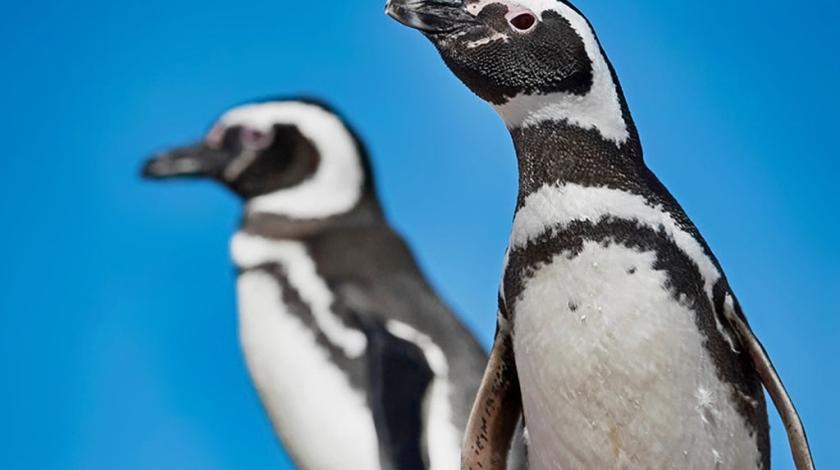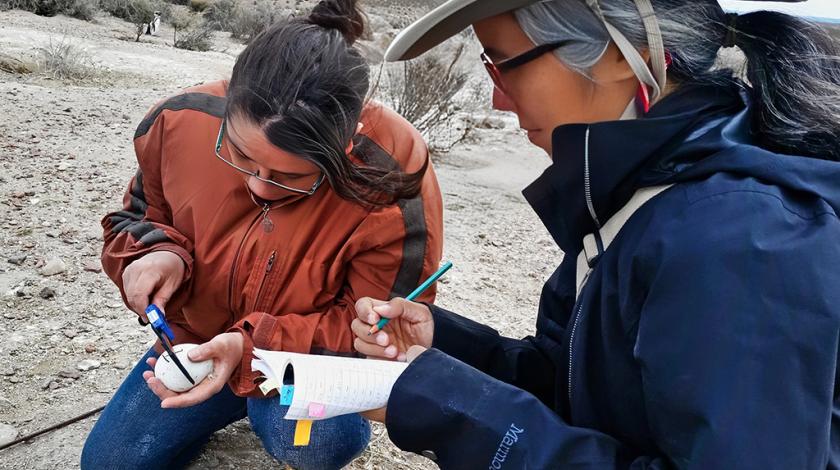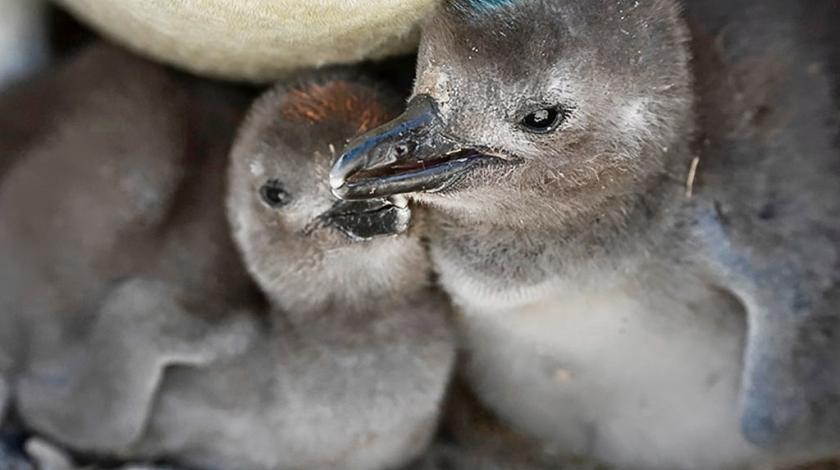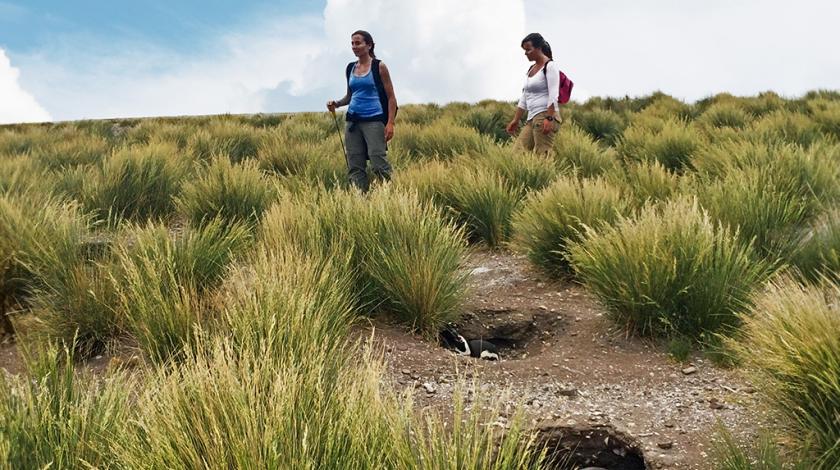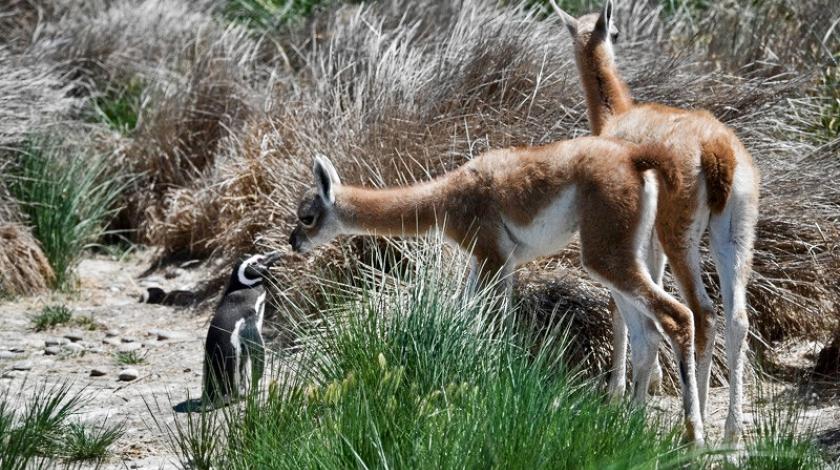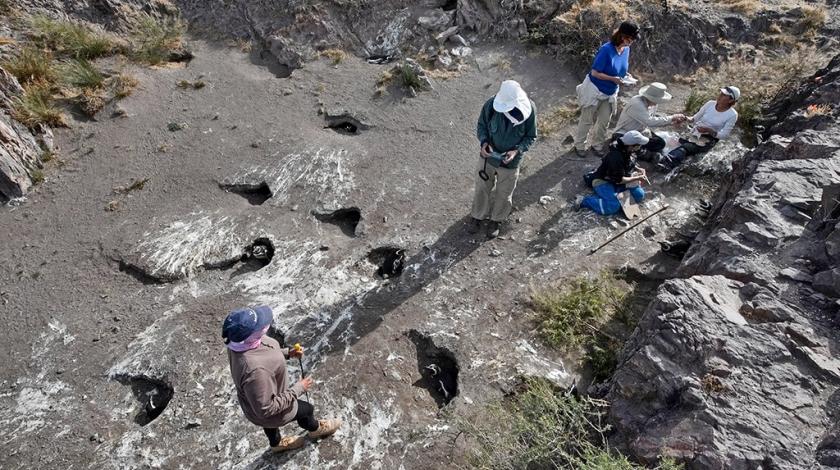BOOK WITH A $500 DEPOSIT
Trailing Penguins in Patagonia
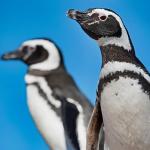
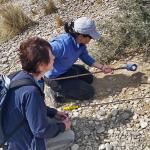
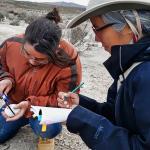
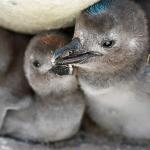
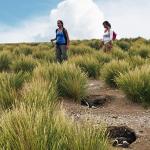
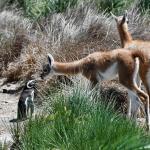

Be among the first people to get a glimpse of what penguins do far out at sea and learn how this behavior could affect their chicks back on land.
Penguin colonies are bustling places with adults either disappearing into the ocean to forage for food or returning to feed their chicks. How and where penguins get this food is quite variable and depends on several environmental factors. This foraging behavior is crucial to the species' survival as it can shape the fate of the penguin chicks. Join a team of scientists making cutting-edge use of technology to solve this mystery and gather data that can inform how we work to conserve this beloved bird.
Travel to the rookery—nesting colony—on the dramatic rocky shores of Argentina’s Golfo San Jorge to investigate. Spend your days in a national park, getting up close and personal with penguins in a colony with about 9,000 breeding pairs.
While the land within the national park has government protection, most of the waters off its coast don’t—which is why researchers need to document where these charming birds go and what they do out at sea. With that knowledge, they can understand which parts of the ocean most need protection to keep penguin populations strong.
Earthwatch volunteers will help monitor penguin nests through the breeding season, tag penguins, and map each nest's location in the colony. They will also select 50 or so sets of penguin parents to track with sophisticated underwater behavioral recorders. Volunteers will help select adult penguins to be deployed with these devices, which will capture every move the penguins make. Additionally, volunteers will help researchers understand how and where this bird population forages and feeds its young.
A Typical Itinerary
- Day 1:Arrive in Trelew, Chubut, travel to Camarones
- Days 2–5:Map penguin colony, monitor penguins, deploy tracking devices, and maintain camera traps.
- Day 6:Fieldwork activities, with farewell dinner
- Day 7: Departure
.
HOW YOU WILL HELP
.

MAP PENGUIN COLONY AND MONITOR PENGUIN PAIRS
The first team of the year will help immensely with setting up the project for the season, walking the entire penguin colony, and marking and mapping the location of every nest that will be monitored throughout the breeding season (approximately 200 nests). You’ll also help the researchers tag penguins. The remaining teams will return to these penguins’ nests daily to monitor their development, record lay dates, hatching dates, growth of chicks, etc. Additionally, all teams will help maintain camera traps placed along the colony to understand how predation affects the breeding population at Cabo dos Bahias.
DEPLOY TRACKING DEVICES
When penguin chicks are about five days old (mid-to-late November), teams will help safely attach tracking devices that record the parent penguins’ every move in the water. They’ll also make sure to return those devices once the penguins return from their foraging trips.

PENGUIN’S DATA ENTRY
You’ll help log the critical observational data you collect daily at the penguin colony.
Volunteers who join the October teams will conduct critical surveys of nesting parents before their eggs hatch, providing the scientists with invaluable data on breeding success. Hatchlings start to emerge in early November. All teams will work with and amongst hundreds of adult penguins.
Field conditions and research needs can lead to changes in the itinerary and activities. We appreciate your cooperation and understanding.
.
FEEDBACK & QUESTIONS
8 Reviews on this Expedition
GET EARTHWATCH NEWSLETTER
Bi-weekly announcements, new expeditions, and updates on our impact around the globe.
